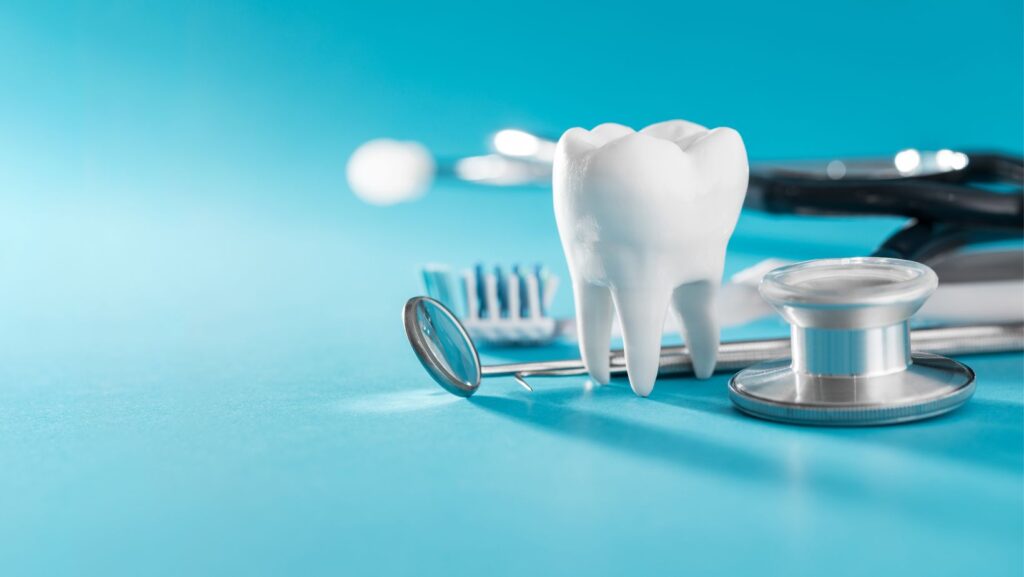
Over the history of humanity, a gleaming grin has always been associated with confidence and attractiveness. Humans have looked for ways to improve the appearance of their teeth since the dawn of civilization and continue to do so now. The evolution of cosmetic dentistry is also highlighted, as it reveals the cultural significance associated with dental aesthetics. In this blog post, we will explore the historical roots of dental aesthetics and how it has shaped the field of cosmetic dentistry today.
Ancient Beauty Rituals and Dental Aesthetics
The desire for a captivating smile is not a recent phenomenon. Ancient cultures placed immense importance on dental aesthetics as part of their beauty rituals. In ancient Egypt, for example, oral hygiene was a critical aspect of daily life. Egyptians used a variety of tools, such as frayed twigs and primitive toothpaste, made from ingredients like powdered ashes and burnt eggshells, to maintain their oral health and enhance the appearance of their teeth.
Moving to ancient Rome, dental aesthetics played a crucial role in societal perceptions of beauty. Wealthy Romans, particularly women, were known to use a mixture of urine and goat’s milk as a primitive mouthwash, believing it would whiten their teeth. The quest for a radiant smile was deeply ingrained in these ancient cultures, laying the foundation for the importance placed on dental aesthetics throughout history.
The Middle Ages and Renaissance: Symbolism and Ornamental Dentistry:
During the Middle Ages, dental aesthetics took on symbolic significance. Stained teeth were associated with wealth and luxury, as they suggested a lifestyle filled with exotic spices and rich foods. Despite the lack of advanced dental care, various concoctions and powders were used to maintain dental aesthetics.

The Renaissance period saw a renewed interest in the arts and sciences, influencing the perception of beauty, including dental aesthetics. Elaborate dental ornaments, such as gold-plated wires and decorative dental appliances, became fashionable among the aristocracy. These ornamental dentistry practices reflected not only social status but also a fascination with achieving a distinctive and attractive smile.
The Birth of Modern Dentistry
As the scientific revolution unfolded, advancements in medicine and dentistry began to reshape the way people approached oral health. The 18th and 19th centuries marked the transition from crude dental practices to more scientific approaches. Dentists started to focus on developing techniques for cleaning and preserving teeth, laying the groundwork for the emergence of modern dentistry.
Cosmetic Dentistry in the 20th Century
The 20th Century witnessed a significant shift in the field of dentistry, with a growing emphasis on aesthetics. Innovations such as tooth-colored fillings and the development of porcelain veneers marked the beginning of cosmetic dentistry. The ability to restore and enhance the appearance of teeth became a reality, and people started seeking not only functional but aesthetically pleasing dental solutions.
The Rise of Cosmetic Dentistry Today
In the 21st Century, cosmetic dentistry has become a well-established branch of oral healthcare, offering a myriad of treatments to enhance dental aesthetics. Teeth whitening procedures, dental bonding, and the use of advanced materials in veneers have revolutionized the way people can achieve their desired smiles. These modern techniques not only focus on restoring dental function but also prioritize the visual appeal of the teeth.
Cosmetic Dentistry Today
Contemporary cosmetic dentistry encompasses a wide array of procedures designed to address various aesthetic concerns.

Let’s delve into some of the popular treatments that have transformed smiles around the world.
Teeth Whitening
· The quest for a brighter smile has led to the widespread popularity of teeth whitening procedures. From at-home kits to professional in-office treatments, people now have various options to achieve a whiter and more radiant smile.
Porcelain Veneers
· Porcelain veneers have evolved significantly from their early use in the mid-20th Century. Today, these wafer-thin shells can effectively correct a range of cosmetic issues, including discoloration, misalignment, and irregular shapes. Veneers offer a durable and natural-looking solution to achieve a perfect smile.
Dental Bonding
Dental bonding is a versatile and cost-effective cosmetic procedure that involves applying a tooth-colored resin to the teeth. It can address issues such as chipped or misshapen teeth, providing a quick and effective solution to enhance dental aesthetics.
Invisible Aligners
· Modern orthodontics has witnessed a revolution with the introduction of invisible aligners. These clear, removable trays offer a discreet alternative to traditional braces, allowing individuals to straighten their teeth without compromising on aesthetics.
Gum Contouring
· The appearance of the gums can significantly impact the overall aesthetics of a smile. Gum contouring, or gum reshaping, is a cosmetic procedure that can address issues like excessive gum exposure or uneven gum lines, creating a harmonious and balanced smile.
Crafting Timeless Smiles
From the rudimentary beauty rituals of ancient civilizations to the sophisticated cosmetic dentistry of the 21st Century, the quest for a beautiful smile has been an enduring aspect of human culture. The historical perspective on dental aesthetics not only highlights the evolution of oral care practices but also emphasizes the intrinsic connection between a confident smile and overall well-being. As technology continues to advance, the field of cosmetic dentistry will undoubtedly evolve, offering new possibilities for individuals to achieve the smiles they desire while maintaining the rich historical legacy of dental aesthetics.












